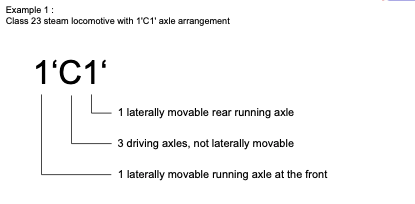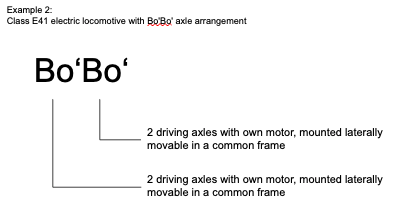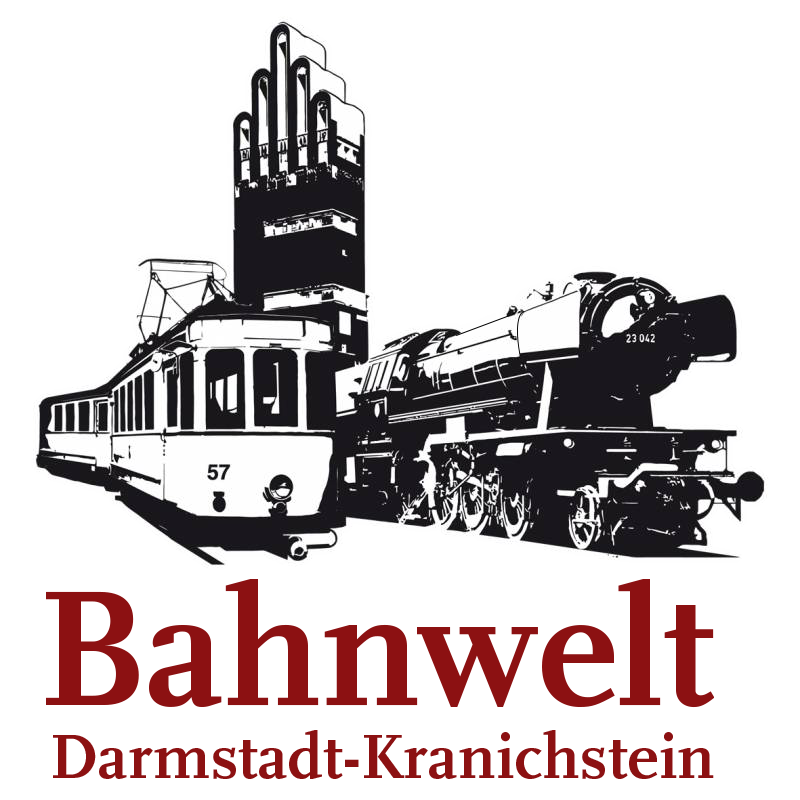Knowledgebase
Worth Knowing
On the railroad, there are several methods of moving a train:
- The most widely used method is with the help of locomotives, which are tensioned in front of or behind a number of carriages without a drive and move the train. The advantage is that the locomotive can transport other trains while the wagons are being unloaded, for example. Technical problems on the locomotive can also be easier z. B. can be solved by using a replacement locomotive.
- Another method is to install the engine in the wagons to be transported – for example under the wagon floor – and thus provide propulsion (railcars). The advantage here is that you get more space for passengers since there is no longer a locomotive. The trains are also overall lighter, which is important for achieving high speeds.
Different drives are used in the railway:
1. Steam engine
This type of drive was first developed in Great Britain at the beginning of the 19th century and laid the foundation for the rapid development of the railway.
Steam is generated in a boiler and fed into the cylinders, which transmit their power to the drive wheels via a rod system. The boiler is usually heated with coal and has to be constantly refilled with water, as the steam escapes into the open after it has been used. For this reason, a special freight car – the tender – was usually coupled behind the locomotive, in which the coal and water supplies were housed.
In the case of locomotives that did not need such large stocks, storage tanks for coal and water were attached directly to the locomotive (tank locomotives).
At the beginning of the 20th century, it was discovered that the machines become significantly more efficient if the steam that has already been produced is heated even further to over 300 ° C. The so-called superheated steam locomotives were born, which gradually replaced the old wet steam locomotives.
To operate a steam locomotive there were generally two people needed, besides the engine driver, the stoker, who had to shovel the coal from the tender into the boiler and who had to take care of the complex (fully analog) technology of the locomotive.
2. Diesel engines
With the invention and further development of the diesel engine, it also became interesting for the railways. An important point here was the development of high-performance transmissions, since a diesel engine, unlike a steam engine, cannot be started from a standstill under load. The diesel engine had the advantage that the locomotive only needed one person to operate it. Furthermore, the pollution of the environment from exhaust gases was significantly lower because the engine can simply be switched off when the vehicle is at a standstill.
3. Electric motors
In parallel to the diesel engine, the electric motor was continuously developed and then found its way into railway technology. The disadvantage of this drive, however, is the supply of electrical energy to the motor, which is why it is necessary to equip railway lines with a running power supply (to “electrify” them). Since this causes high investments, electrification only pays off if there is sufficient traffic on the railway line or special circumstances exist (e.g. subway).
The electric drive is the most powerful drive in the railway, which among other things makes it possible to build and run high-speed trains. It is also better suited than the diesel drive for building railcars.
If the electricity is generated in an environmentally friendly way, this drive is also the most ecological drive of the railroad.
An essential way of describing locomotives is to specify the number and order of the axles. In Germany, this is done from front to back and designates the non-driven axles (running axles) with Arabic numerals, i.e. 1, 2, 3, … for the number of running axles.
Driven axles, called drive axles, are given Latin capital letters, ie A, B, C, … for the number of drive axles in a frame.
If the axles have their own drive motors, an “o” is added to the Latin letter.
An apostrophe indicates that the axes can be moved laterally.


The German railway companies described the characteristics of their passenger and freight wagons with so-called “Gattungskennzeichen”. These consist of a sequence of letters and identify the most important technical features of each wagon.
In both German railway administrations (Deutsche Bundesbahn DB, Deutsche Reichsbahn DR), this system was replaced on 01.01.1968 by the so-called UIC identification for passenger coaches and freight wagons.
The UIC (French: Union Internationale des Chemins de Fer) is an international association of 51 railway companies from 29 countries, which has set itself the task of improving the construction and operation of railways for international traffic through standardisation.
Passenger coaches
In the following we give a small selection of the classification marks that were used by German wagons between 1957 and 1965:
- A Passenger coaches 1st class
- B Passenger coach 2nd class
- C until 1956: passenger coach 3rd class
- D from 1962: baggage car
- Dienst Train Staff car
- D… prefixed to all other signs: Double-decker coach, double-decker train
- …L from 1957 only DB: couchette coach
- Post Post car
- Pw Luggage car (Packwagen)
- WL… prefixed to all other signs: sleeping coach
- WR Dining coach
The number of axles was appended to this if they were not 2.
Several secondary classification marks (lower case letters) were appended to the main classification marks (upper case letters). Some are listed here:
- a DR: coach with three axles
- aa DR: coach with two axles
- b DB: with additional brake line and electric control line, DR: temporary passenger coach
- c from 1958: passenger coaches of the couchette type
- e with electric train heating
- f DB: driving coach with driver’s cab for push-pull trains
- g from 1952 DB, (1962 DR): rubber bulges instead of bellows (only in combination with ü or y)
- h from 1962 DB: electric heating, power supply via axle generator
- i express or passenger coaches with open gangways with centre aisle or open side aisle
- m from 1962 DB, 1976 DR: length over 24m
- y Express or passenger coaches with closed gangways and central aisle or open side aisle
- ü Express train wagons with closed gangways and closed side aisle
Freight wagon
Accordingly, main and secondary classification marks are also used here. However, these are much more varied here than with the passenger coaches. Here, too, we give only a small excerpt from the early 1960s.
- BT Large container wagon
- G Covered goods wagon
- H Bogie wagon (long timber)
- K Hinged cover wagon
- O Open goods wagon
- R Stake wagon
- S Flat wagon
- T Refrigerated wagon
- V Wagon for small livestock
- Z from 1951 DR: tank wagon
The secondary class symbols describe
- Load weight
- Loading length, loading area
- Characteristics with significance for train formation (e.g. maximum speed)
- Specific characteristics of the wagons (e.g. loading doors, flaps, etc.)
It is important to note that all of these generic signs have been standardised by the UIC in the meantime, also in order to make cross-border traffic of freight wagons possible. In the museum, however, we have to make sure when restoring the wagons that the chronologically correct generic signs are applied to the wagons.

